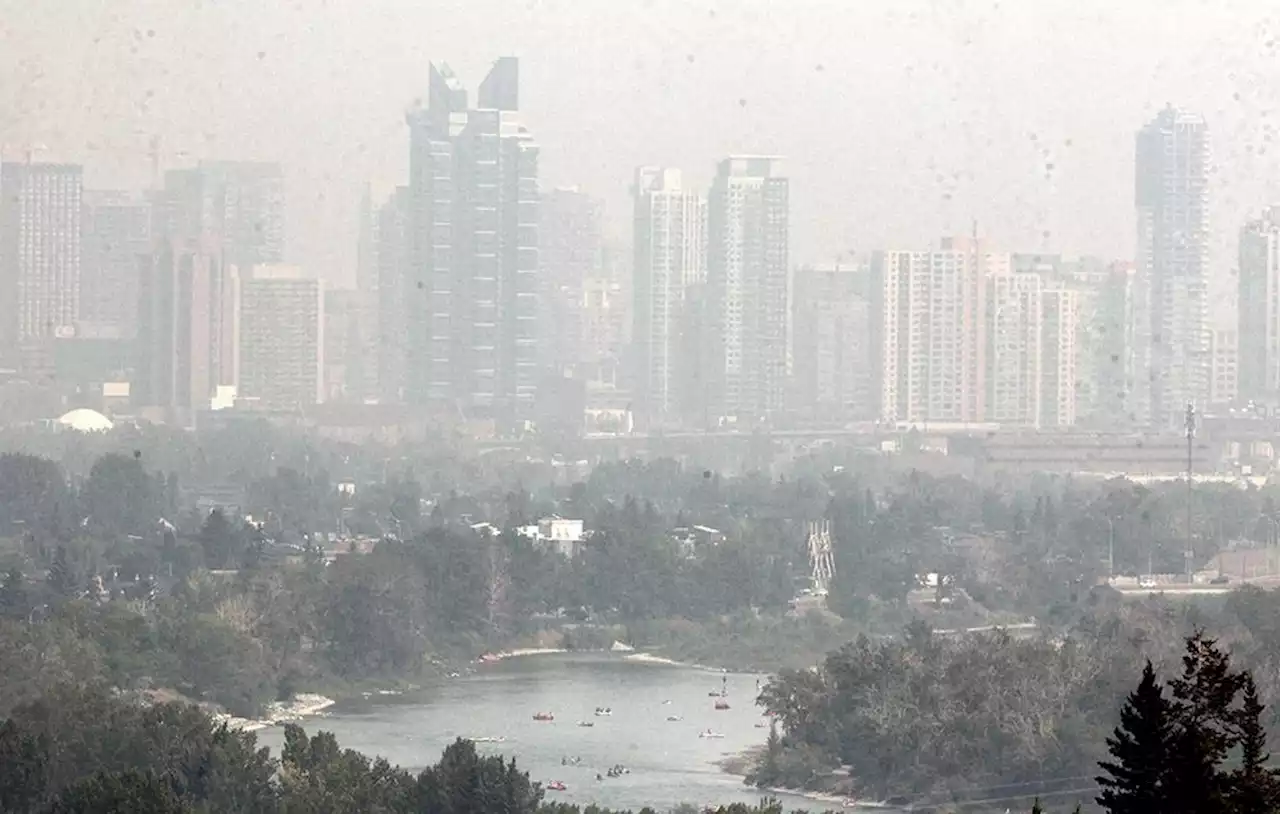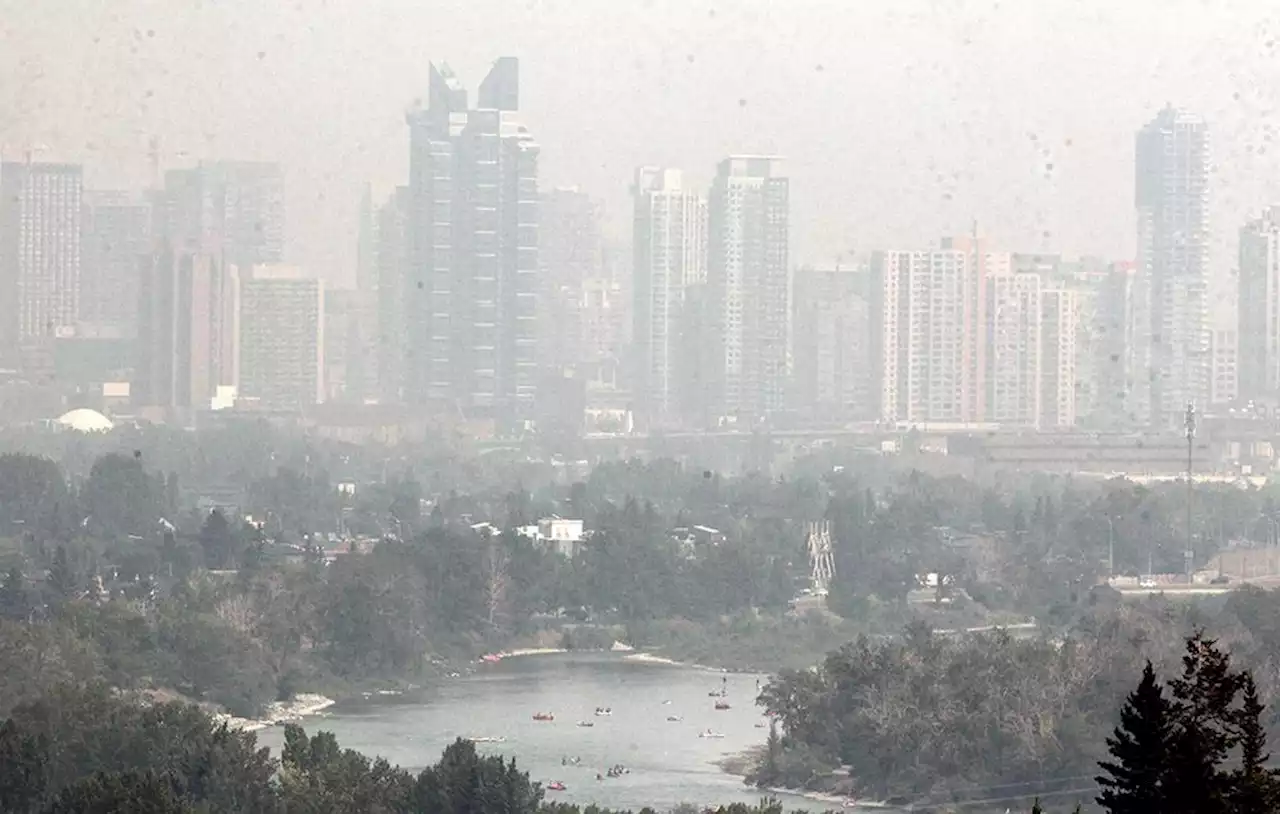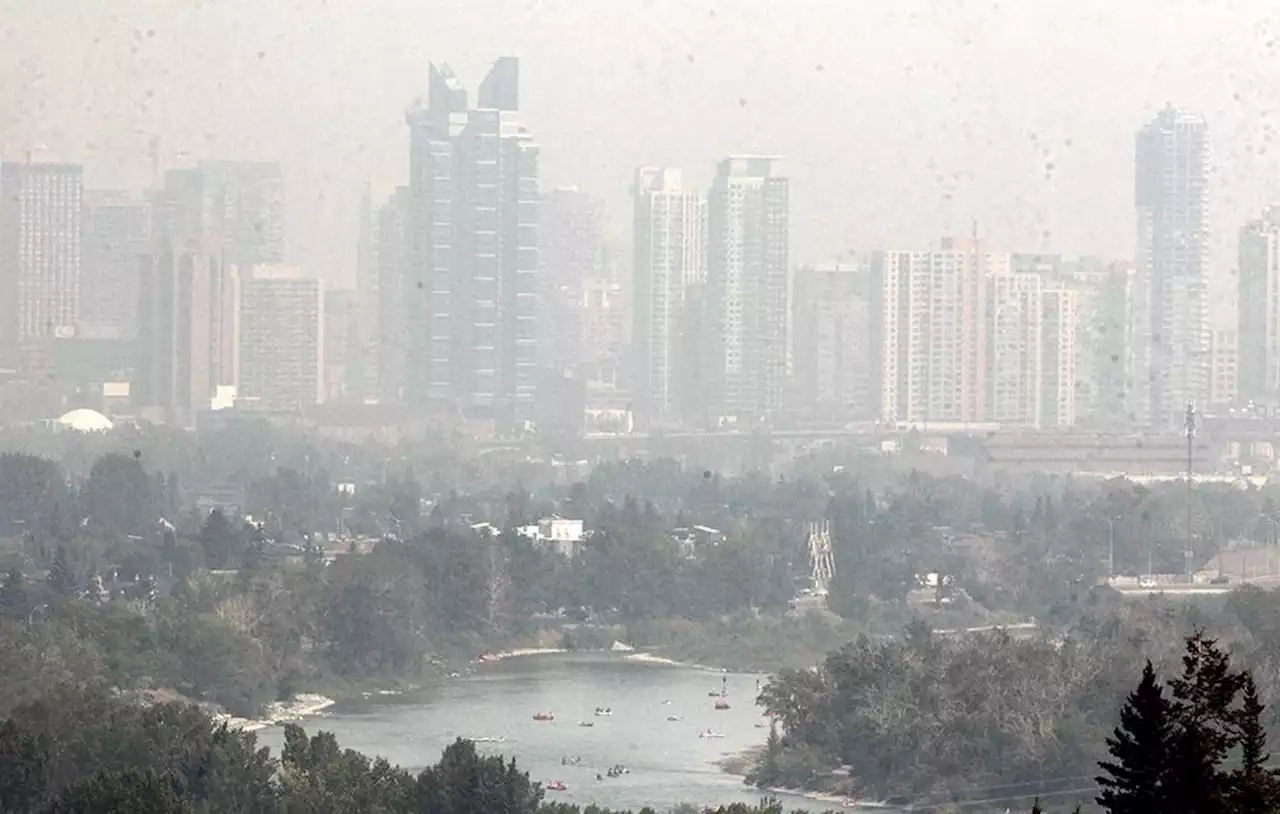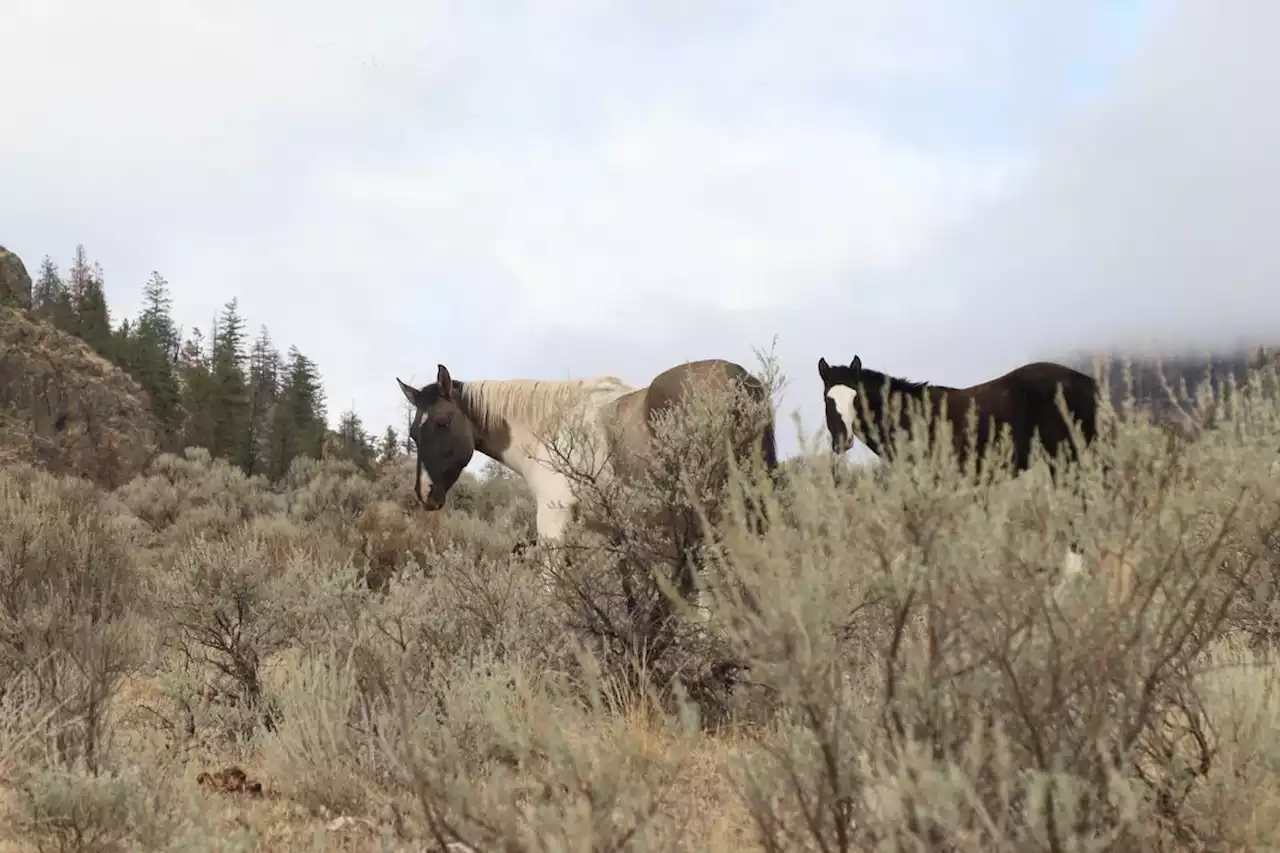Aaron Stelkia has devoted his life to caring for horses that live in B.C.’s Osoyoos desert, but wildfires and past personal tragedies have filled the years with sorrow
A lone horse stands on an icy hillside in the heart of the Osoyoos Desert. Sun rays collide with stunted trees and form tiger stripes of light and shadow on the late-winter snow.
The land is rolling mountains and flat plateaus, the soil is dusty, scattered by the remains of sagebrush and ponderosa pine now burned black. It’s a dry landscape, part of the rainshadow belt that stretches from southern B.C. down to Mexico. The sandy, valley-bottom flats are covered by a fragile lichen crust that holds trace amounts of water.
To ensure the herds stay strong, Mr. Stelkia lures stallions into round pens to breed with the best mares, sending their babies back onto the land. Other times he adds new blood, releasing horses from other places onto the reserve. His mother, Jane Stelkia, was the first to introduce the American quarter horse to the Osoyoos desert, where they mixed with the herd to produce offspring that were fast and beautiful.
As he drives deeper into the mountains, the gravel road turns to a bed of needles scattered with fall leaves. Gradually the colour ebbs away – it is like entering a black-and-white movie. Trees are sheared in half, they are jet-black trunks in ashen grey earth. Mr. Stelkia believes the horse crossed the land bridge from Asia to the Americans along with his ancestors 20,000 years ago and never disappeared. Sylix storytellers agree, and the horse is featured in origin stories alongside the Sylix forefather, Coyote.
But few schemes were as effective as that sponsored by the Crown. In the 1920s, the government made it illegal for anyone to have horses on Crown range – lands outside of private ownership – between January and May. Horses caught breaking this curfew were shot by bounty hunters who were, according to documents from Indian Affairs, paid 50 cents for every scalp.
On a sunny but frosty day in mid-November, Mr. Stelkia enters the round pen at his ranch, a collection of corrals and trailers at the foot of a hillside near the southern edge of the Osoyoos reserve. Mr. Stelkia starts to walk around the pen, pushing the horse to his left side. He mutters to the horse under his breath. It starts to run faster until it breaks into a canter, its auburn mane rippling in the wind. In one swift motion, he tosses his lasso and catches the front left hoof of the running horse, then pulls, gently forcing it to lay down.
Mr. Stelkia was in a saddle before he could walk. He has ridden barely broken horses for weeks on end across deserts and through pinewood forests. He knows that horses raised on the land, in rocky ravines and on steep hillsides, are more balanced and sure-footed. He thinks that a horse kept in a stall, covered in a blanket and only fed – never foraging – is a weaker, unhappier horse.
After Shaun died, Mr. Stelkia descended into a deep depression. He stopped breaking horses and hosting rodeos. He gained weight and a heart problem. He got divorced, his house burned down. The property that he grew up on was ruined by a flood. In need of cash, his family leased their land to Osoyoos Cottages – a 285-unit housing development – at $2 million for 100 years.
'If I didn’t have wild animals to work with, if I couldn’t catch those wild horses, I would have probably gone crazy,' says Mr. Stelkia, shown on a cattle drive. He knows he must send more horses to slaughter. Osoyoos land is a finite resource: Too many horses will overgraze the parts that did not burn, leading them all into starvation.
Canada Latest News, Canada Headlines
Similar News:You can also read news stories similar to this one that we have collected from other news sources.
 Jeremy Strong Speaks Out On Controversial New Yorker Profile: ‘A Profound Betrayal’Jeremy Strong has won accolades and awards for his performance of ambitious scion Kendall Roy in HBO's 'Succession', but took some heat from a December 2021 profile in The New Yorker that painted an unflattering depiction of his method-style acting. The profile drummed up controversy, with Jessica Chastain, Anne Hathaway and director Aaron Sorkin publicly coming…
Jeremy Strong Speaks Out On Controversial New Yorker Profile: ‘A Profound Betrayal’Jeremy Strong has won accolades and awards for his performance of ambitious scion Kendall Roy in HBO's 'Succession', but took some heat from a December 2021 profile in The New Yorker that painted an unflattering depiction of his method-style acting. The profile drummed up controversy, with Jessica Chastain, Anne Hathaway and director Aaron Sorkin publicly coming…
Read more »
 Air quality statement issued for CalgaryIf you thought you made it through a Calgary summer without B.C. wildfire smoke, think again.
Air quality statement issued for CalgaryIf you thought you made it through a Calgary summer without B.C. wildfire smoke, think again.
Read more »
 Wildfire smoke returns: Air quality statement issued for CalgaryIf you thought you made it through a Calgary summer without B.C. wildfire smoke, think again.
Wildfire smoke returns: Air quality statement issued for CalgaryIf you thought you made it through a Calgary summer without B.C. wildfire smoke, think again.
Read more »
 Air quality statement issued for CalgaryIf you thought you made it through a Calgary summer without B.C. wildfire smoke, think again.
Air quality statement issued for CalgaryIf you thought you made it through a Calgary summer without B.C. wildfire smoke, think again.
Read more »
